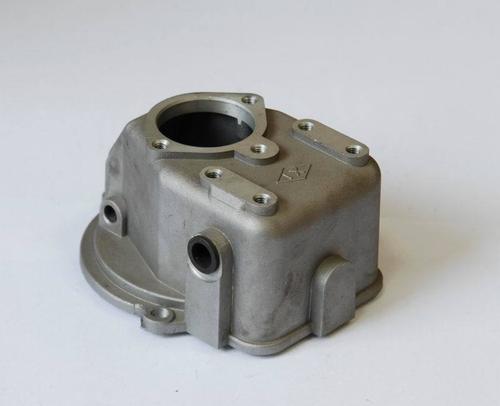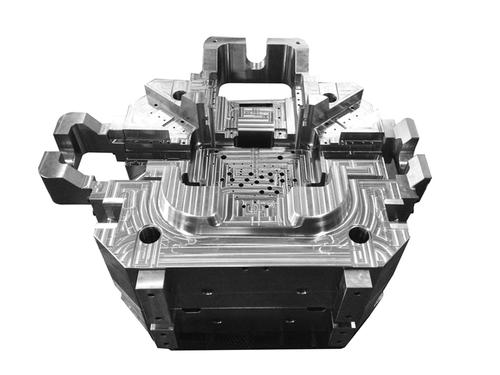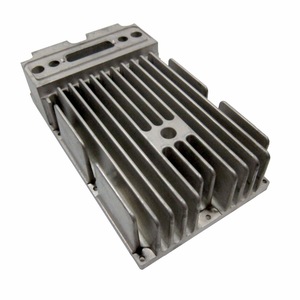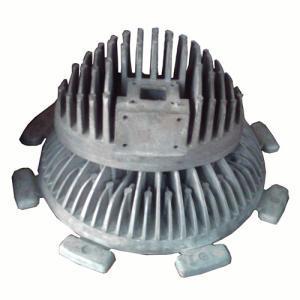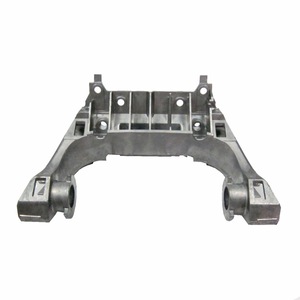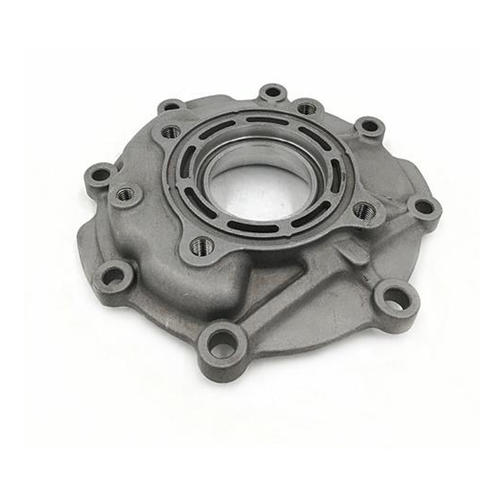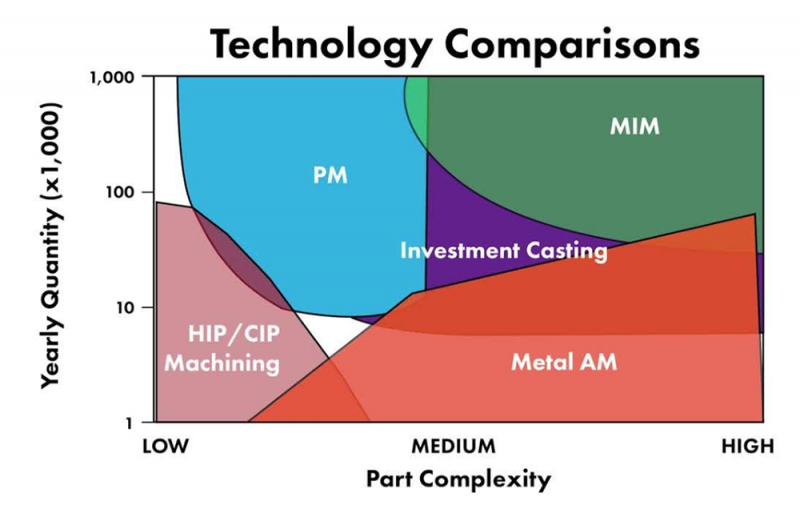Engineers designing sheet-metal enclosures and assemblies often end up redesigning them so they can be manufactured. In fact, research suggests that manufacturers spend 30% to 50% of their time fixing errors and almost 24% of those errors are related to manufacturability. The reason behind these preventable engineering errors is usually the wide gap between how sheet-metal parts are designed in CAD systems and how they are actually fabricated on the shop floor. Many engineers developing 3D models for sheet-metal products are unaware of the fabrication tools used to form the part or product, and instead design models for an “ideal” world.



